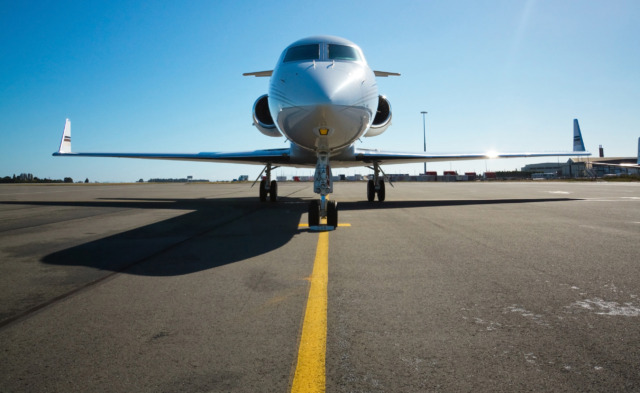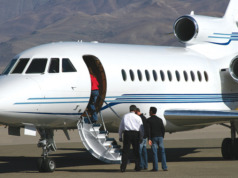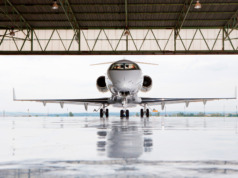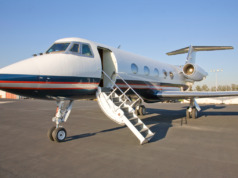
With the disruption of operations and aircraft movements down due to COVID-19, many hoped that the aviation insurance market would soften, and rate increases not be as high as originally predicted. Unfortunately, this does not appear to be the case. The market is expected to continue to harden over the next five years.
Insureds are facing many challenges as their aviation insurance programs come up for renewal. These include:
- Rising/inconsistent ratings
- Tightening of pilot warranties
- Reduced limits & coverage terms
- Shrinking capacity
- Limited market options
To help mitigate some of these issues, it is crucial to work with an experienced aviation specialist. Starting the renewal process early, preparing a detailed submission, and approaching the right markets for your type of operation will help. It’s also important to be straightforward with your broker and your underwriter. Aviation insurance is a small industry and you don’t want to burn bridges by providing inaccurate or incomplete information.
Demonstrating that initial, recurrent, and company-specific training is being conducted in accordance with insurance industry standards also is critical. It will put your program at the top of an underwriter’s list of targeted accounts and help assure the best results. For operators of turbine-powered aircraft this usually means annual simulator-based ground and flight training for each make and model aircraft. For piston-powered aircraft, your pilot might need to complete an annual instrument proficiency check. Being legal to operate an aircraft is not the same as being proficient, and meeting the requirement of the insurance carriers that pilots are up-to-date on their training helps provide proof of proficiency.
If your company is experiencing losses, you may decide to work with a loss control professional. That, plus completing additional training, or working on a plan to improve safety, will demonstrate that you are taking the right steps. This will help you attract more prospective carriers, thus giving you more options.
Single-pilot operations of turbine-powered aircraft have been particularly hard hit. Liability limits are being reduced from $50M to as low as $5M, and it may be hard even to find a market. Another area of concern is that insured operators could still pay as much for the lower coverage limit as they did for the higher limit.
Commercial helicopter operators and managed fleet programs are also being hard hit. Programs that once were insured on a 100% basis by one carrier may now require multiple carriers, each underwriting a part of the total coverage (“vertical placement”), to cover 100% of the risk. Vertical placements require more expertise to assemble, and usually have a higher cost than single carrier placements.
Carriers are hiring actuaries to review the numbers on individual accounts, looking at the current rating and forecasting where the rates need to be to bring each program to a profitable level. This is one reason why it is hard to determine the type of rate increase that you may receive at renewal. If you had no losses, no changes in exposure, and your rating is considered above average, you may receive a 20% increase. Those with losses, a significant change in exposure, and/or lower rating, may see an increase of 25% or more. This unpredictability is another reason to work with an experienced agent who is staying apprised of current market conditions and can develop a strategy to minimize the impact on your program.
The significant premium jumps are extremely frustrating for both agents and insureds. It seems like carriers are trying to make up for years of declining rates in one or two years. However, it is important to note that in most cases, even with significant increases in premiums, you still are paying less for insurance today than you did ten years ago. BAA
Lisa Ouellette, CPCU, CAIP, is President of JCL Aviation Services, an independent aviation insurance agency. A pilot with 25 years of aviation industry experience, she is a member of AOPA, WAI, CPCU Society, and AIA.




